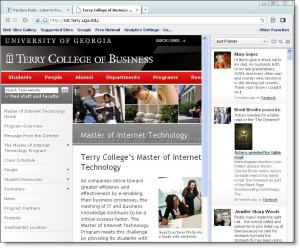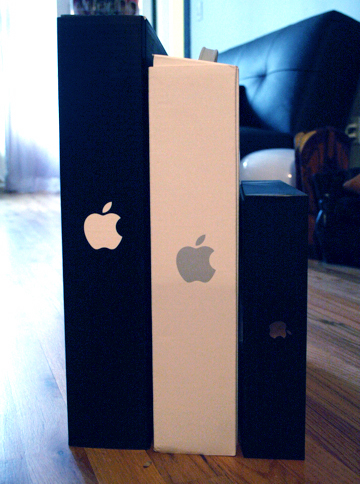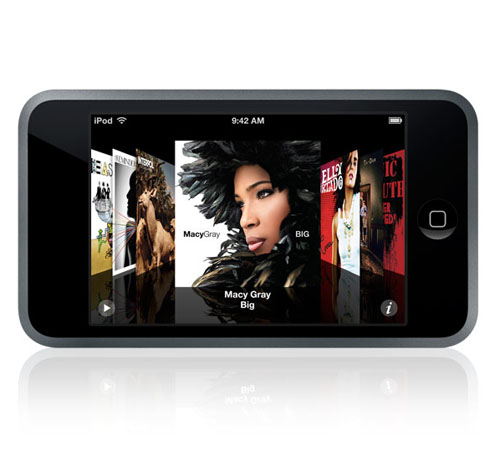Most people trying to throw together a website think of the homepage as their entry point, their welcome mat, their “Hello, thanks for coming. How can I help you?” But how realistic is that? Well, let’s analyze me (you can insert yourself here) and my weekly web wanderings.
What homepages have I seen this week?
It has been places where I am a repeat offender: iStock Photo, All Recipes, Eat Better America, NPR, Etsy and Hulu. I show up to these places as a starting point for something that I am searching for. Each has a handy search function on the homepage. I am familiar. I know how to use the sites. There is no “welcome” or sales pitch necessary, just easy navigation please.
When do I enter a website from somewhere else?
Practically, every other time I use the web!
My Google searches this week included research on leasing technology equipment, html tags, and green gift guides. None of these took me to a home page.
Google wasn’t the only source of my web wanderings. My visits to Social Living, SnapFish, and Wix were all the direct result of marketing e-mails. Not a single one of these took me to a homepage.
So where did they take me?
The effective ones took me to a specifically designed landing page. Through my own web searches and the e-mail marketing links that brought me in, the companies knew exactly what drew me to their site. My entry point to their websites was tailored to the reason I was surfing the web. I did not have to read through their menus or find the search box or really do much thinking at all.
If a business is blessed with the specific knowledge of what drew the customer in, it seems wasteful and inattentive not to use it.
Using It
In short, using it means providing a tailored advertisement and action motivating page all in one. While putting this page together, here are some things to keep in mind:
- Be goal oriented. Remember your conversion goal and make that the most natural, clickable path.
- Keep it simple. This page should not be distracting.
- Give them what they want. You know why the user landed here. So don’t offer 800 other options.
- Keep it attractive and professional. Make sure that this page instills confidence in the business.
- Be clear and concise.
Hmm, be clear and concise. Seems like a good note to end on. Go do it.



